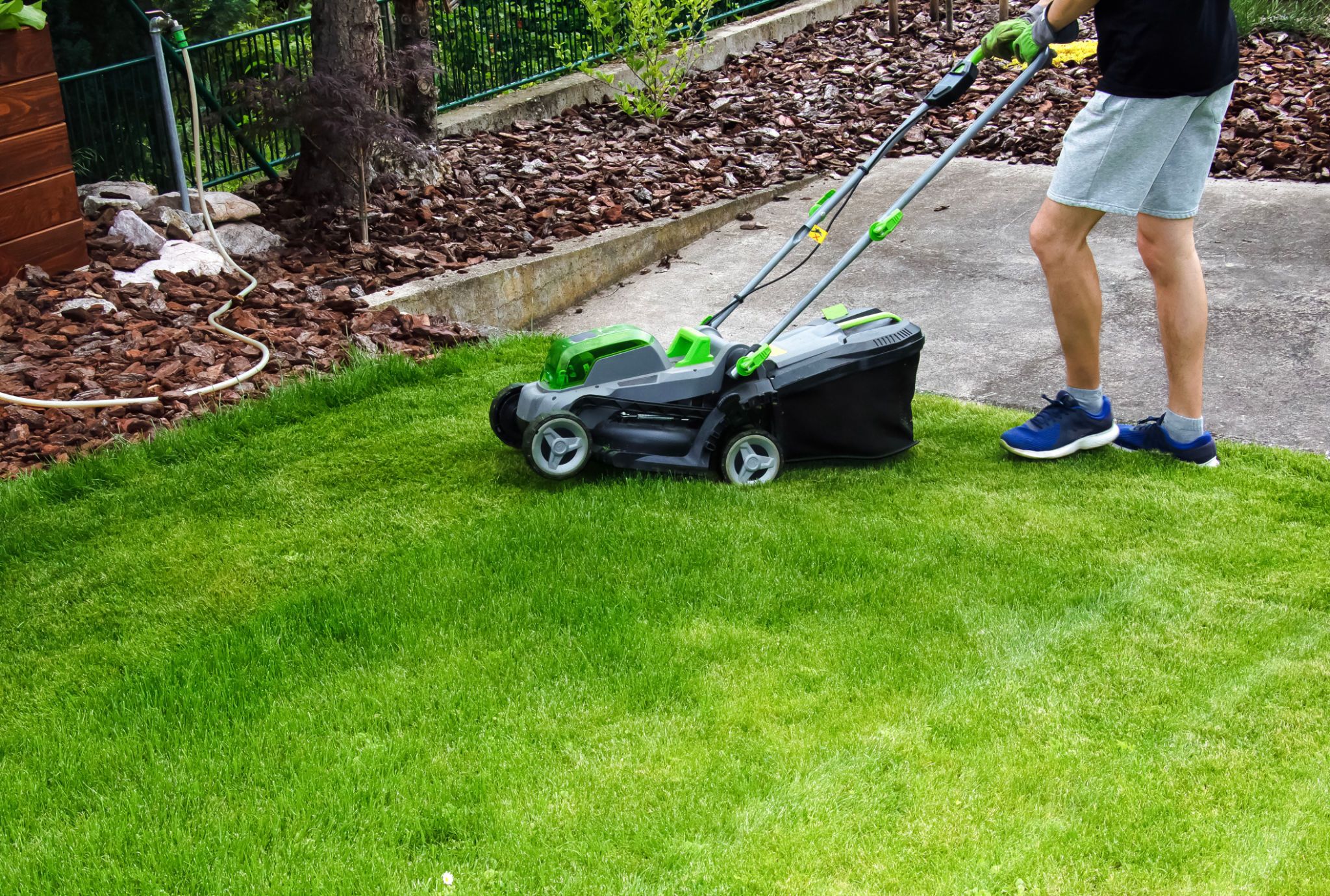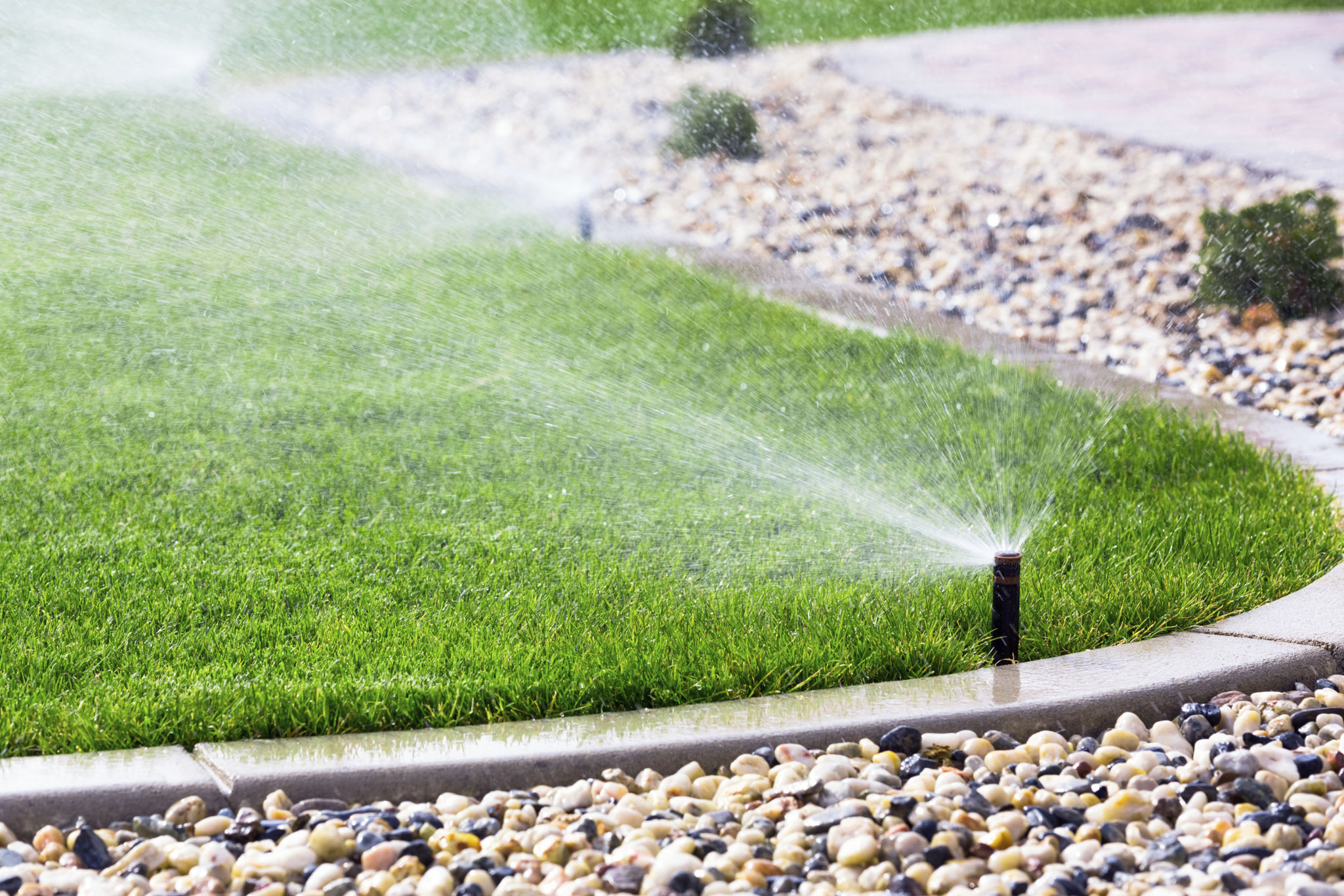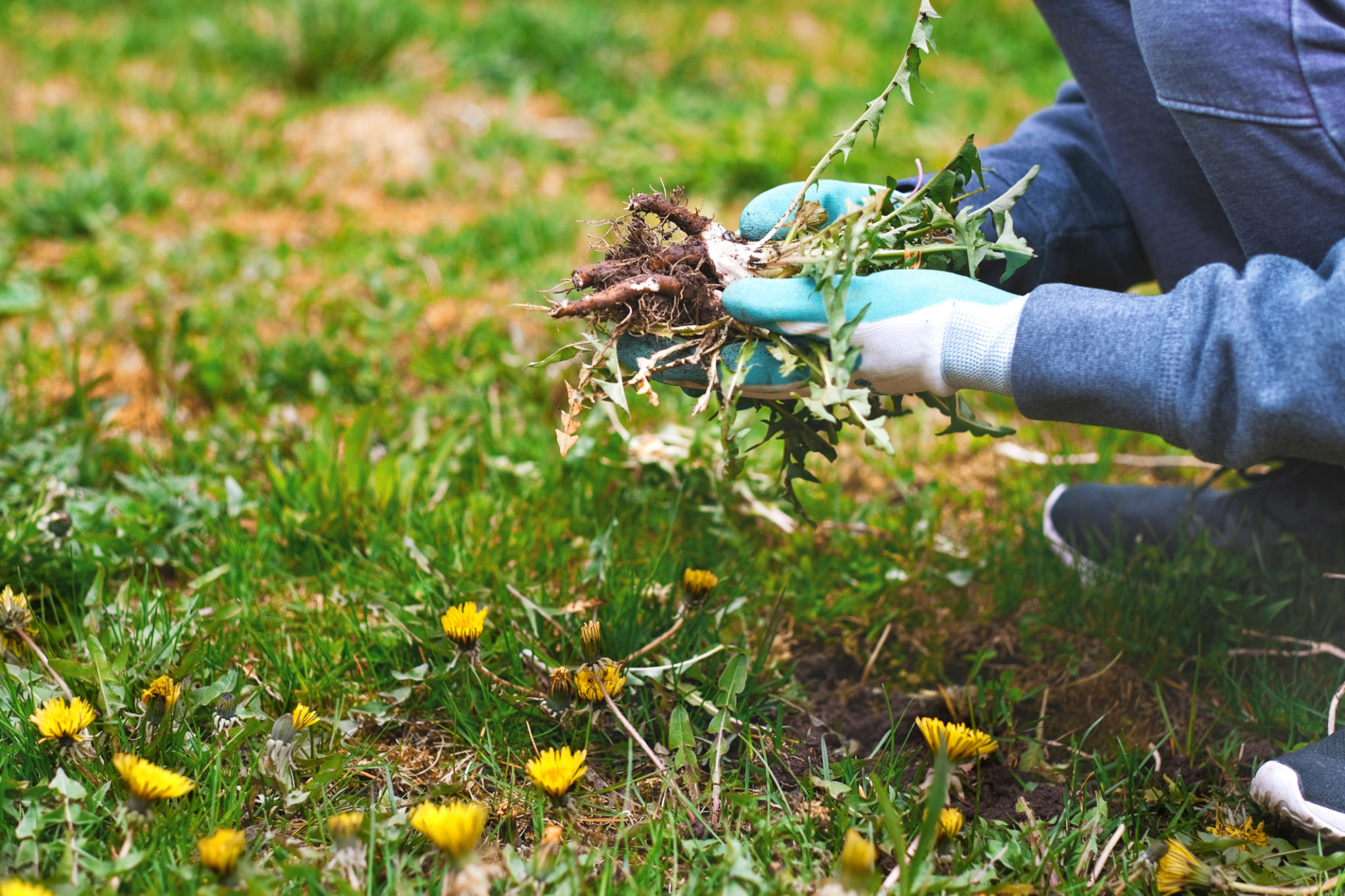DIY Lawn Care Tips: Achieving a Professional Finish
Understanding Your Lawn
Before diving into the hands-on aspects of DIY lawn care, it's crucial to understand your lawn's specific needs. Different grass types, soil conditions, and climates dictate the appropriate care techniques. Conduct a soil test to determine pH levels and nutrient deficiencies. This knowledge will guide you in selecting the right fertilizers and amendments.

Choosing the Right Grass
Selecting the appropriate grass type is the foundation of a healthy lawn. Consider your region's climate, as some grasses thrive in cooler temperatures while others prefer warmth. Additionally, factor in sun exposure and foot traffic when making your choice. For instance, Kentucky Bluegrass is ideal for cooler climates, while Bermuda Grass excels in warmer areas.
Essential Lawn Care Tools
Investing in the right tools can make DIY lawn care more efficient and effective. At a minimum, you'll need a quality lawnmower, edger, aerator, and spreader. A sharp mower blade is essential for a clean cut, reducing stress on the grass and encouraging healthy growth. Regular maintenance of your tools ensures they last longer and perform optimally.

Mowing Techniques
Mowing is more than just cutting grass; it's about maintaining the right height for your lawn type. Generally, you should never cut more than one-third of the grass blade at a time to prevent stress and promote deeper root growth. Adjust your mower height seasonally, keeping it higher during hotter months to conserve moisture.
Watering Wisdom
Proper watering practices are pivotal in achieving a lush lawn. Deep and infrequent watering encourages roots to grow deeper into the soil, increasing resilience against drought. Aim for about one inch of water per week, which includes rainfall. Watering early in the morning reduces evaporation and fungal diseases.

Fertilization and Soil Health
A balanced fertilization schedule is vital for maintaining a nutrient-rich lawn. Use a slow-release fertilizer tailored to your grass type and soil condition. Organic options are environmentally friendly and improve soil health over time. Remember to follow the recommended application rates to avoid over-fertilization.
Aeration and Dethatching
Aeration helps alleviate soil compaction, allowing air, water, and nutrients to penetrate deeper into the roots. This process should be done at least once a year, preferably during the growing season. Similarly, dethatching removes the layer of dead grass and debris, promoting healthy growth.
Weed and Pest Control
Weeds and pests can quickly diminish lawn quality if not managed properly. Implement an integrated pest management approach that combines cultural, mechanical, and chemical methods. Hand-pulling weeds or using natural herbicides can be effective without harming your lawn or the environment.

The Finishing Touches
A professional-looking finish is all about attention to detail. Edge your lawn along sidewalks and driveways for a crisp appearance. Regularly clean up clippings and debris to maintain a tidy look. With consistent care and the right techniques, your DIY efforts can result in a lawn that rivals professionally maintained ones.
